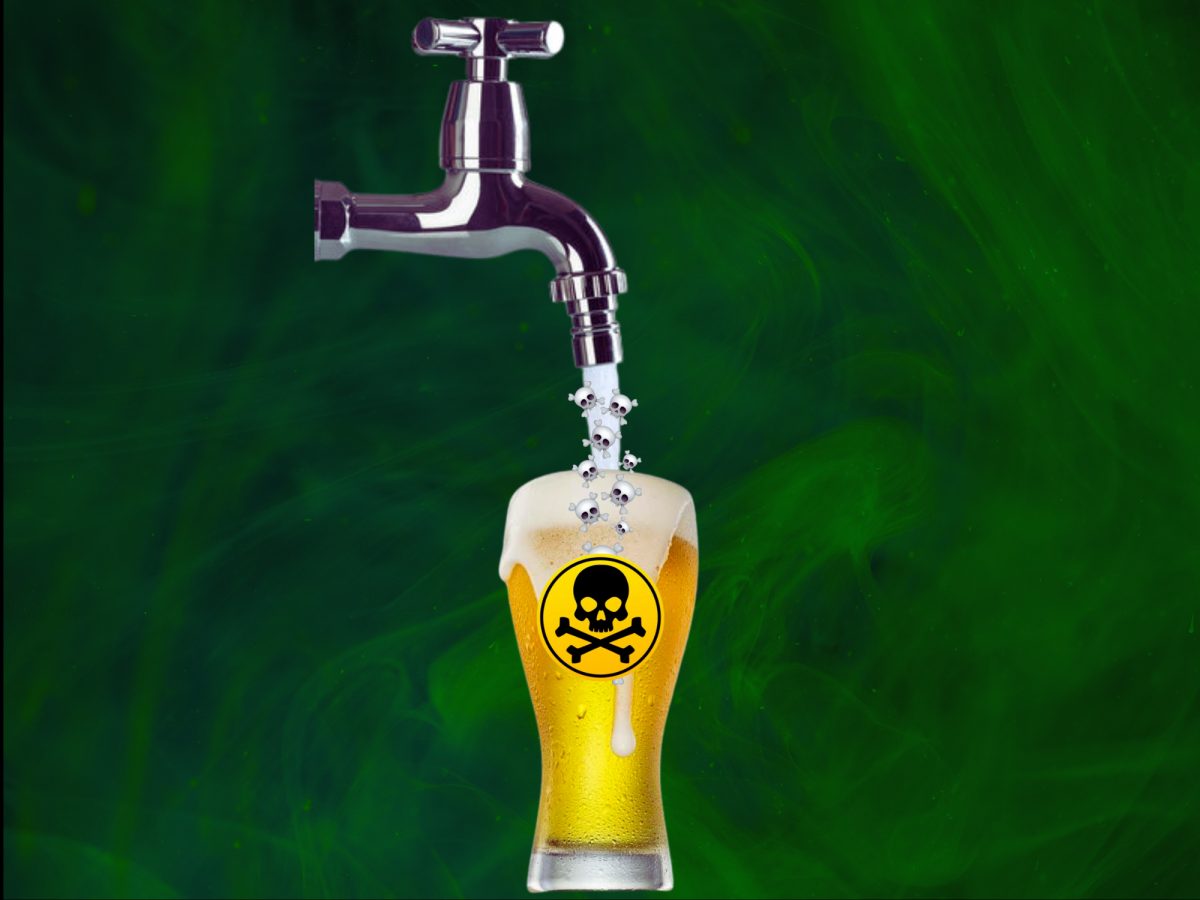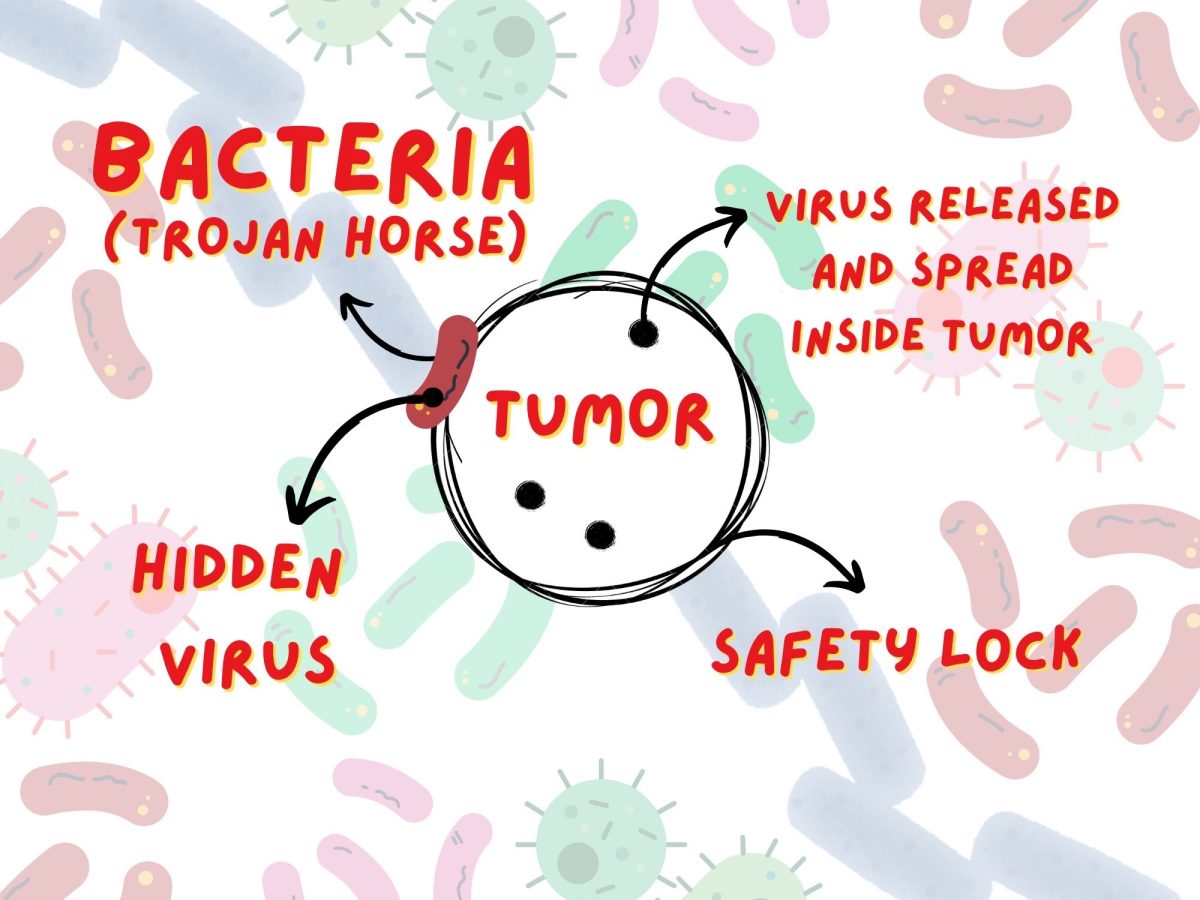A study published on Aug. 27 found that cannabis can improve sleep quality in people with insomnia and help reduce chronic pain, encouraging its use in treatment.
The research was conducted over an 18-month time frame. Out of the 19,763 people that were enrolled in the UK Medicinal Cannabis Registry, 124 with insomnia were analyzed.
The UK Medical Cannabis Registry reports that participants were given an average dose of cannabidiol, beginning with zero to 20 milligrams per day. By the third month, the dose increased to 10 to 25 milligrams. The THC dose consumption started with an average dose of 20 milligrams daily, and by the 18th month, increased to 120 milligrams.
The study collected results through a self-reported system. Out of 124 participants, 112 adverse symptoms were reported by 11 individuals.
The most common were fatigue, insomnia and dry mouth. The study claims that “no dis-
abling or life-threatening adverse events” occurred.
There were no results measured suggesting that cannabis improves daily life activities and self-care. However, participants did report improvement in anxiety and depression.
When cannabis is consumed, the brain increases the production of adenosine, “a neurotransmitter that promotes sleep,” the Sleep Foundation described. Due to its ability to subdue the brain’s arousal system, it can be effective to sedate an individual. The effects of cannabinoids in medical use may depend on the user.
Sleep Foundation said certain studies find that “those who use cannabis daily are more likely to report sleep problems than occasional users or people who do not use cannabis at all,” while non-daily users report fewer sleep issues than both users who consume it daily and users who don’t.
Research reveals that smoking cannabis can “increase your risk of chronic bronchitis.” Withdrawals can include “strange dreams, difficulty falling asleep, and less time spent in deep sleep.”
While studies show promising evidence of cannabis for disorders and pain, they are often flawed. The says this is due to “small sample sizes, bias stemming from dependence on self-reported measures, and short follow up.”
It is necessary to continue researching cannabis’ potential to be used as a treatment to understand its long-term effects and determine safety levels for consistent use.







